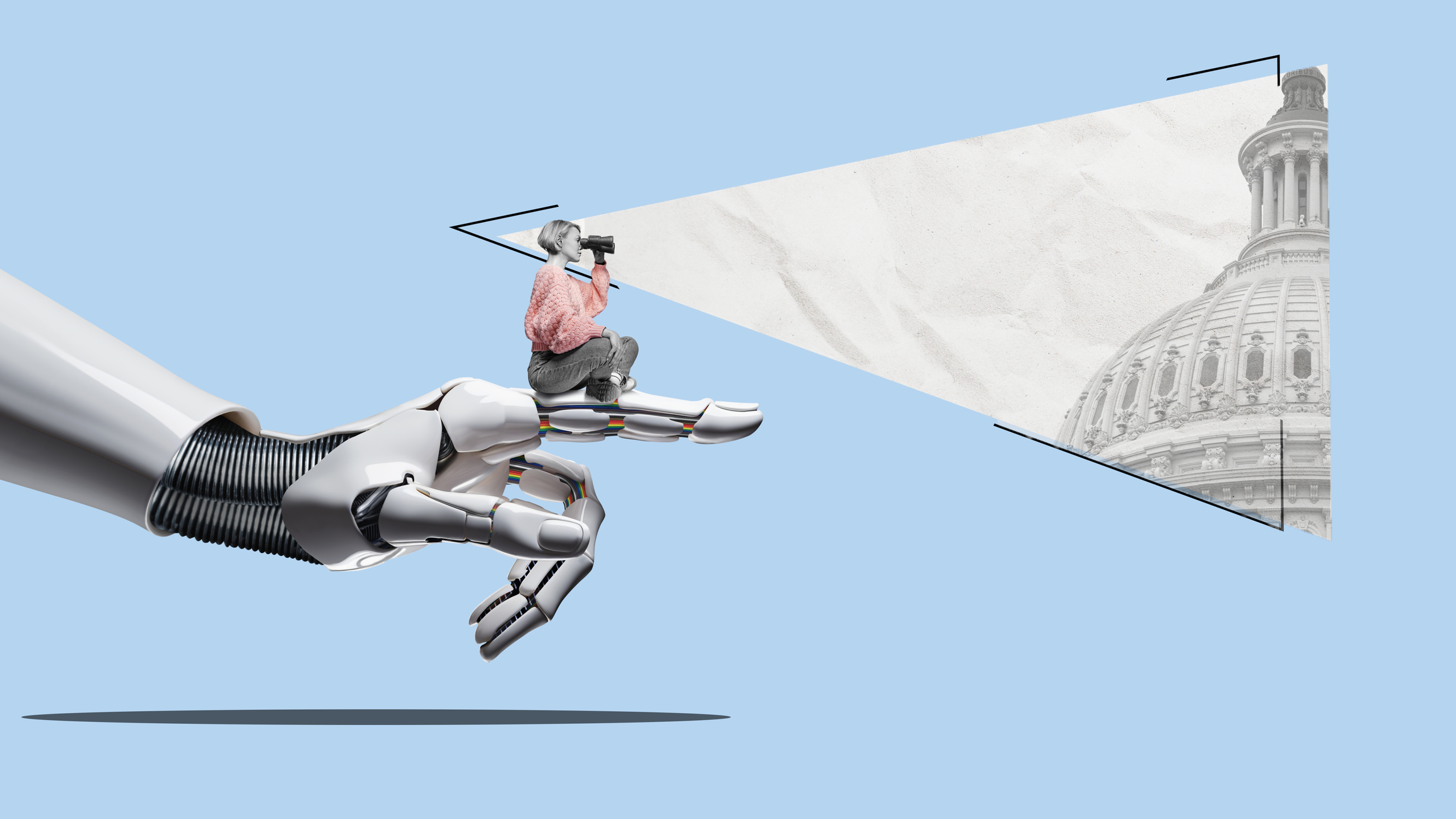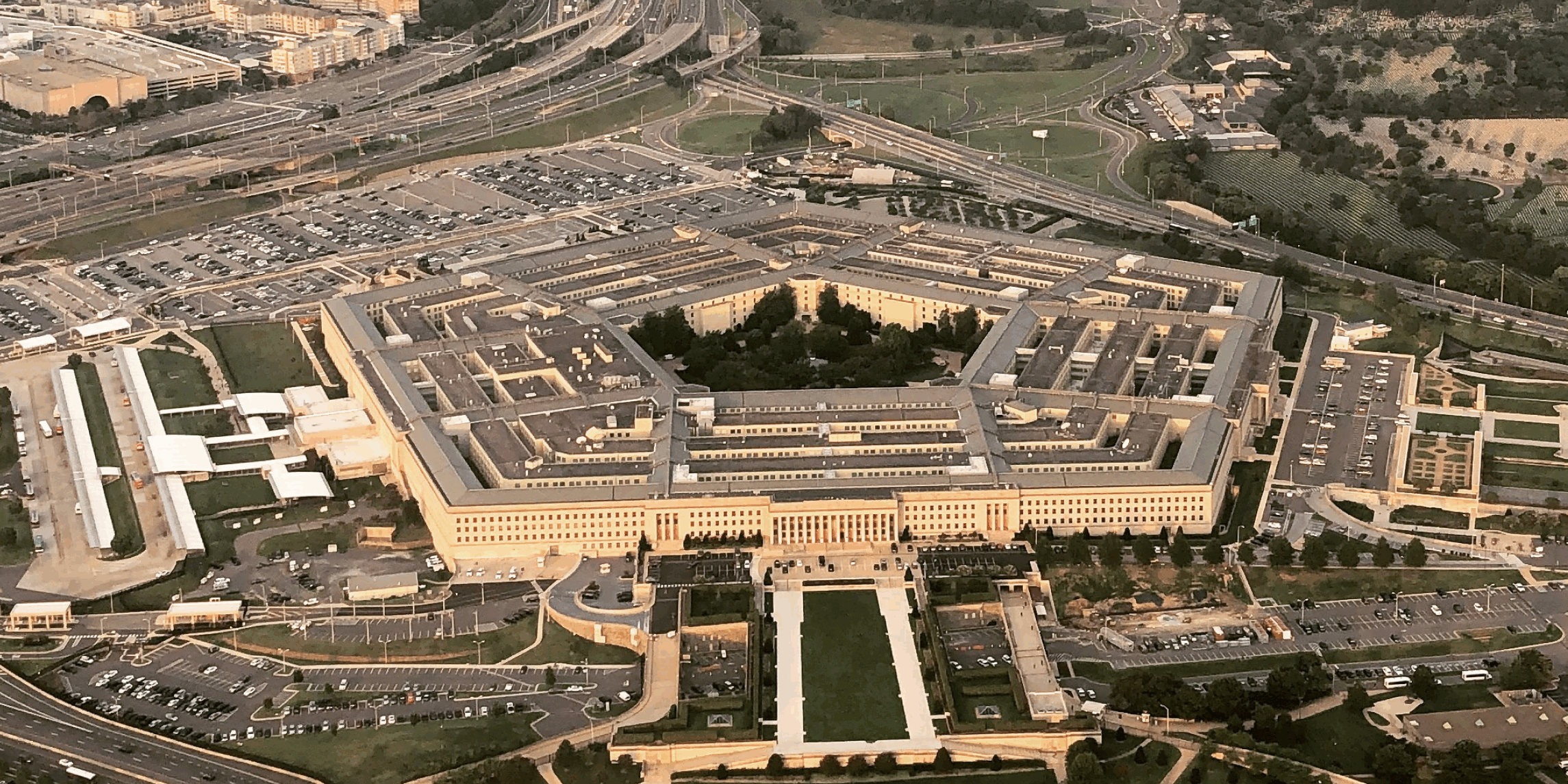Policy Dive: AI in the First Week of Trump

Written by Emily Wolfteich
Senior Industry Analyst

Image source: FotografieLink, istock.com
On Thursday, President Donald Trump signed an executive order (EO) to “remove barriers to American AI innovation” and “take action to enhance America’s AI leadership.” This EO follows Trump’s day-one “Initial Rescissions of Harmful Executive Orders and Actions,” a mandate that revokes 78 Biden-era executive orders. Among these was 2023’s Executive Order 14110, for the Safe, Secure, and Trustworthy Development and Use of Artificial Intelligence.
The rescission of 14110 and subsequent new EO were not unexpected. The administration and Republican party writ large contend that EO 14110 was “dangerous” and promoted “left-wing ideas,” such as setting guardrails around privacy and discrimination and requiring developers to disclose potential security risks to the government. Where does federal guidance stand with the new President, and what does his new Executive Order mean for Americans?
Overall, the EO is vague, focusing on repealing rather than replacing with substantive guidance – that will have to wait several months until the Action Plan and new OMB guidance is released.
The Rundown
Given the EO and other statements made by the new administration, what can we expect going forward?
What’s Next?
New Guidance
The EO directs OMB to revise and reissue rules around AI acquisition and governance within 60 days, and a broader AI Action plan to be completed within six months.
Increased state-level AI regulations
Increased focus on compliance
Without federal regulatory standards for AI use, ensuring that AI systems comply with other laws around data privacy and usage will become even more important, as litigation may become a replacement for regulation.
The Takeaway
Trump’s view of AI development has changed even from his first term, when his administration wrote that AI development must happen “while maintaining the safety, security, civil liberties, privacy, and confidentiality protections we all expect.” His new Executive Order, combined with virulent takedowns of any indication of equity or anti-bias efforts across the government, indicates a preference for policies that will prioritize speed over safety, acquiesce to the desires of Big Tech at the expense of the environment and civil rights, and strip the government of much-needed guidance in how to implement AI safely. For the moment, the EO appears to be more of a blunt instrument than a thoughtful progression, creating more chaos than opportunity. It remains to be seen how the AI Action Plan and OMB guidance will address this vacuum of leadership.
Sir Demis Hassabis, the Nobel-Prize winning chief of Google DeepMind, warned in an interview about full-speed, guardrail-free AI development, saying “There’s much more at stake here than just companies or products [...] it’s the future of humanity, the human condition and where we want to go as a society.” Without measures in place, AI models have the potential to codify racism, sexism and homophobia, and income inequality, exacerbating existing cultural, class, and global divisions. States will likely step up to implement their own guidelines, resulting in an American patchwork of regulations that will create concerns (and lawsuits) around data usage and privacy, civil rights, and discrimination across state lines.
To read additional thought leadership from Emily, connect with her on LinkedIn.
Related Posts
Deep Dive: Department of Defense
Written by Emily Wolfteich Senior Industry Analyst In the News Guiding Policies Funding Structure $961.6…
Deep Dive: Department of Treasury
Written by Emily Wolfteich Senior Industry Analyst In the News Guiding Policies Funding Structure AI…
Decoding OMB Memorandums M-25-21 and M-25-22
Written by Emily Wolfteich Senior Industry Analyst In early 2025, the Office of Management and…
Artificial Intelligence & the Government: Who’s Driving the Car?
The GAO’s report on the federal government’s adoption of AI is as comprehensive as it can be – but do we like what we see?
How government can experience the Great Stay
By Chelsea Jarosh, Industry Analyst at Government Business Council One of the many impacts of…
AI & the Pentagon: Cautiously Curious
As AI hype increases across the public and private sectors, organizations are weighing the possibilities (and risks) the tech creates.
AFA’s Air Space & Cyber Conference 2023: Key Takeaways and Insights
Key takeaways from David Hutchins (Government Business Council) and Jon Hemler (Forecast International) on the AFA’s 2023 Air Space & Cyber Conference.
How the Federal Government Can Attract Employees
As the federal workforce ages, attracting young talent is critical. Taking these 10 actions can help attract the next generation.
Top Cybersecurity Trends in the Federal Government and Why They are Important
As cybersecurity tech, frameworks, and standards evolve, there are many trends driving cyber investments within the federal sector in 2023.
Top 5 Supply Chain Issues in the Federal Government… and What’s Being Done About it
This article discusses supply chain disruptions and their impact on the federal government, businesses, and society.
Unmanned Power: The Future of Warfare
This article defines drones, provides both historical and contemporary context for their use in combat, and highlights what is still to come.
Operational Imperatives: Preparing the U.S. Air Force for the Future Fight
A summary of the United States Air Force’s seven Operational Imperatives, plus details regarding their significance to the future of battle.
The Case for Digital Equity
Part two of this four-part blog series diving into the issues revolving around broadband expansion and digital equity.
The Internet of Things and the Battlefield of Tomorrow
This article discusses the Internet of Things (IoT) and how it relates to the future of the U.S. armed forces.
The Puzzle of Broadband
Part one of a four-part blog series diving into the issues surrounding the puzzle of broadband expansion and digital equity.
2022 National Defense Strategy: Implications for the Defense Industry
This article unpacks the implications the NDS will have on the defense industry, and more of what they can expect in the next four years.
Robotics, Autonomous Systems, and the Future of the US Military
An article detailing the importance of robotics, autonomous systems and what it means when it comes to the future of the US military.















